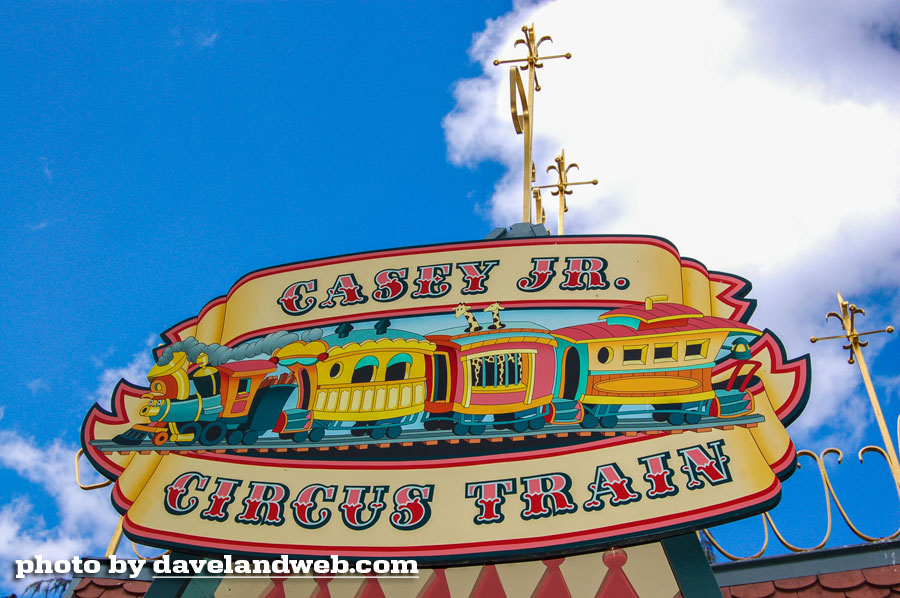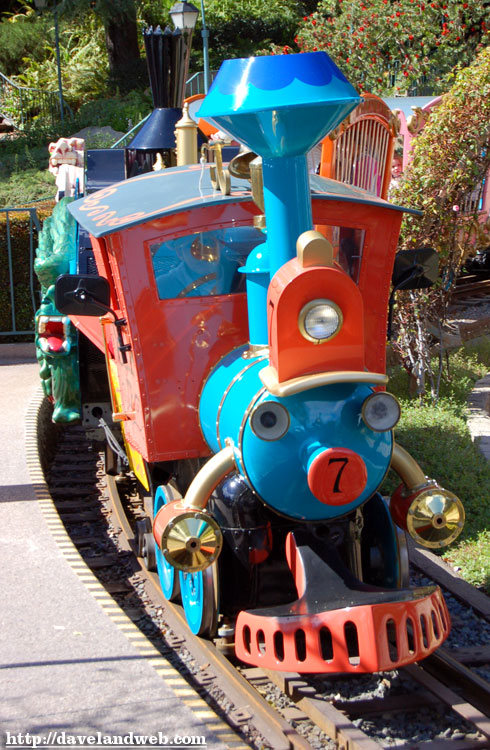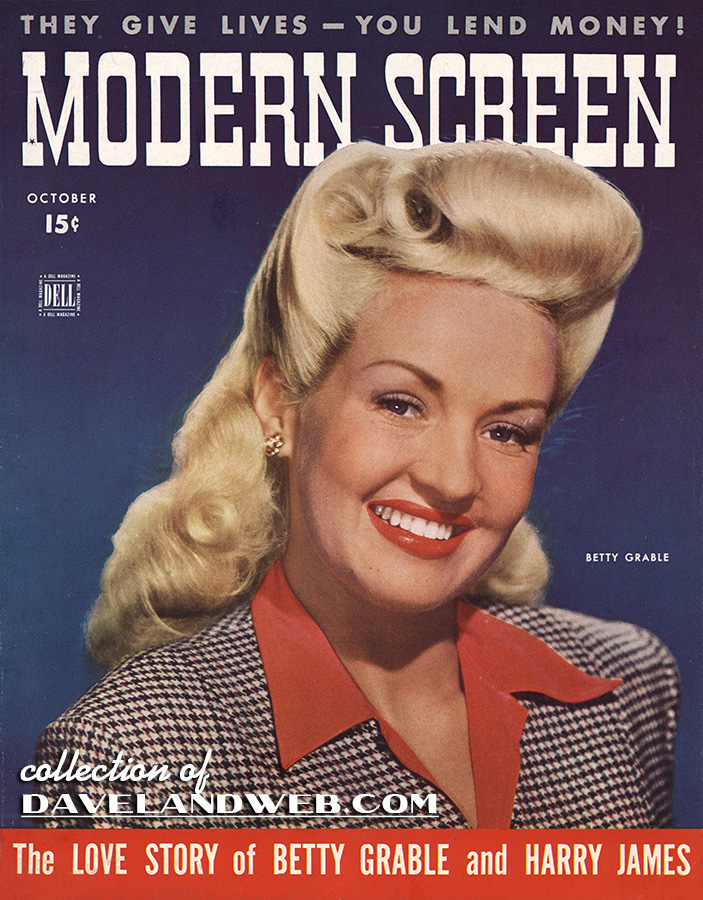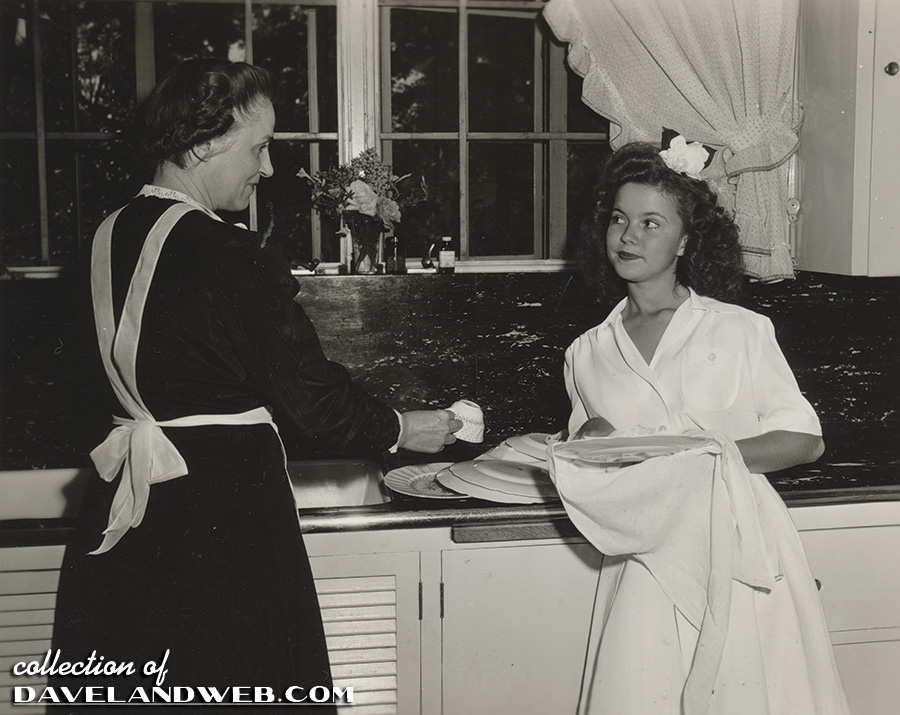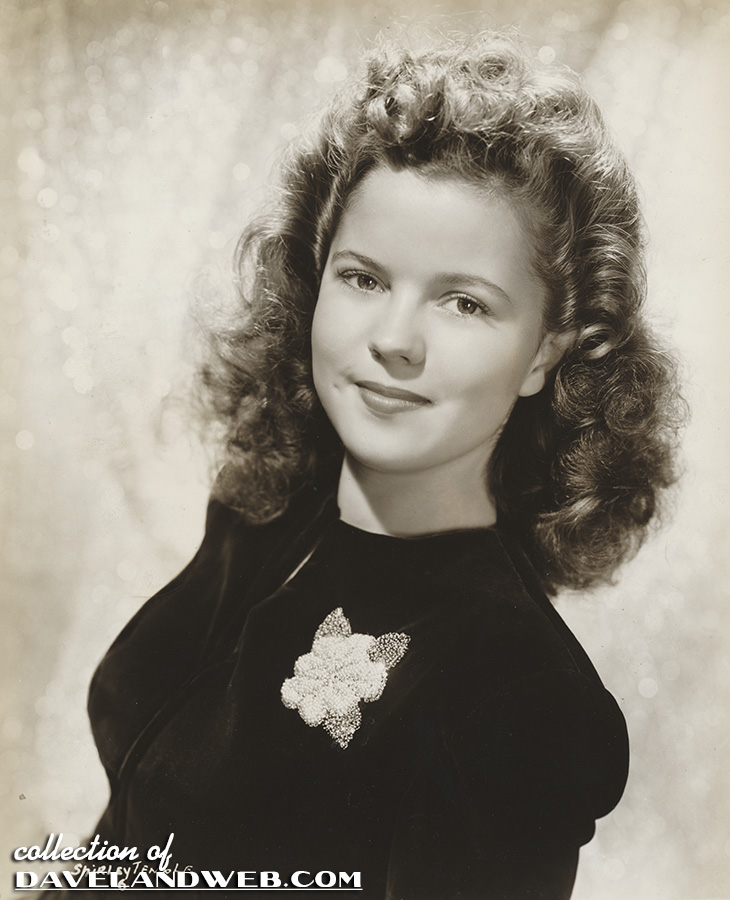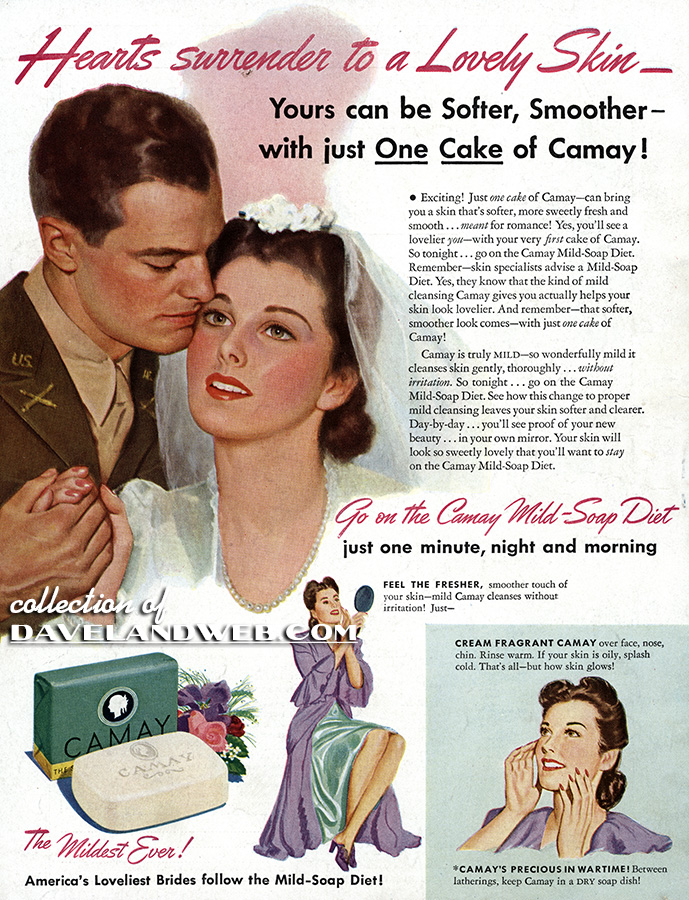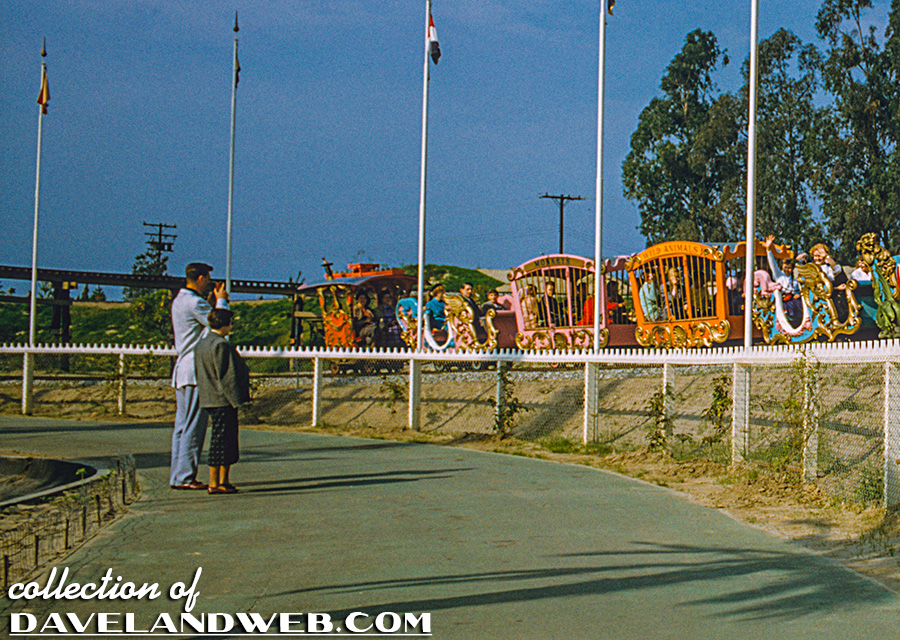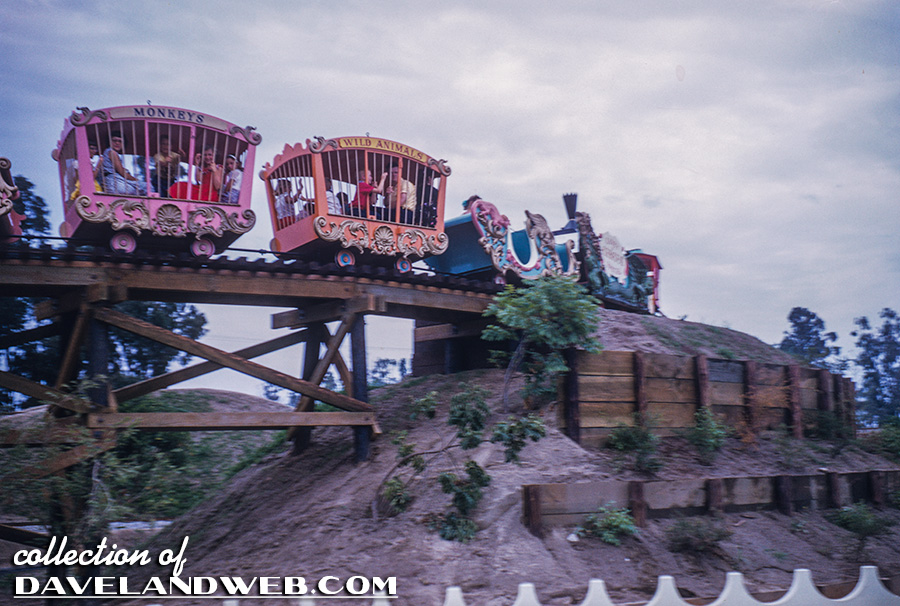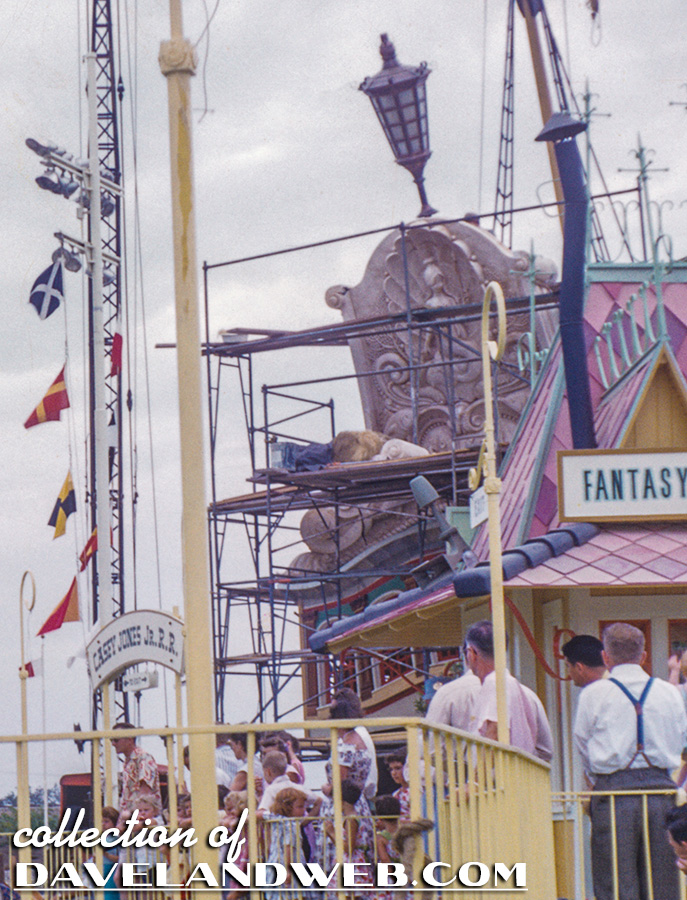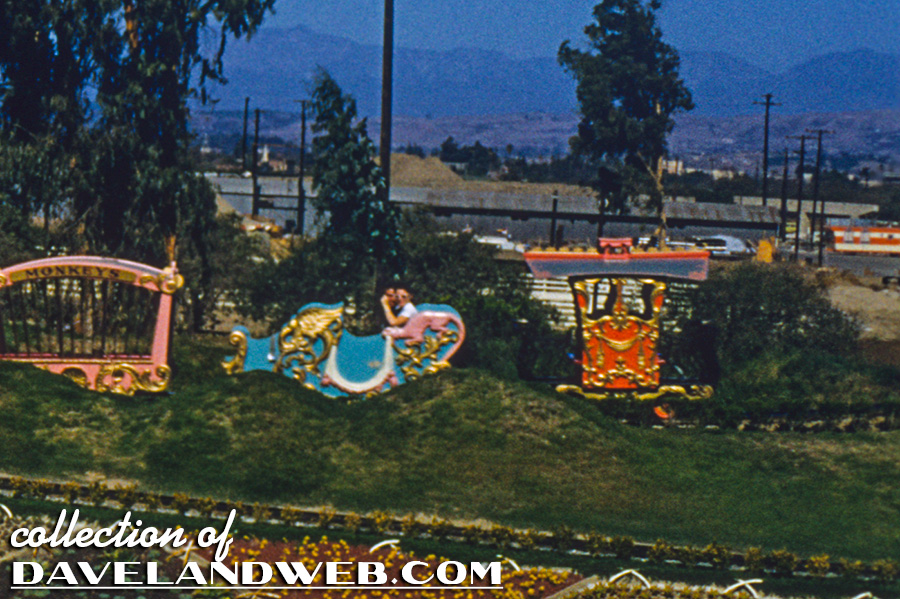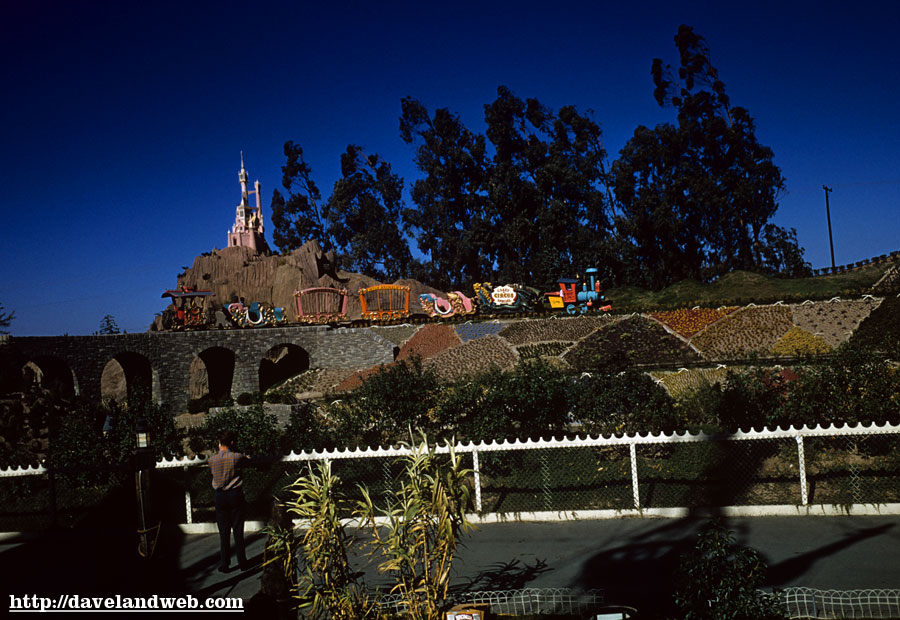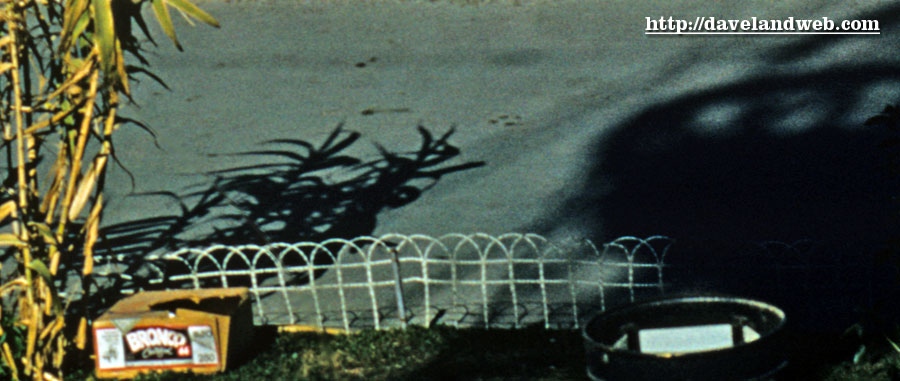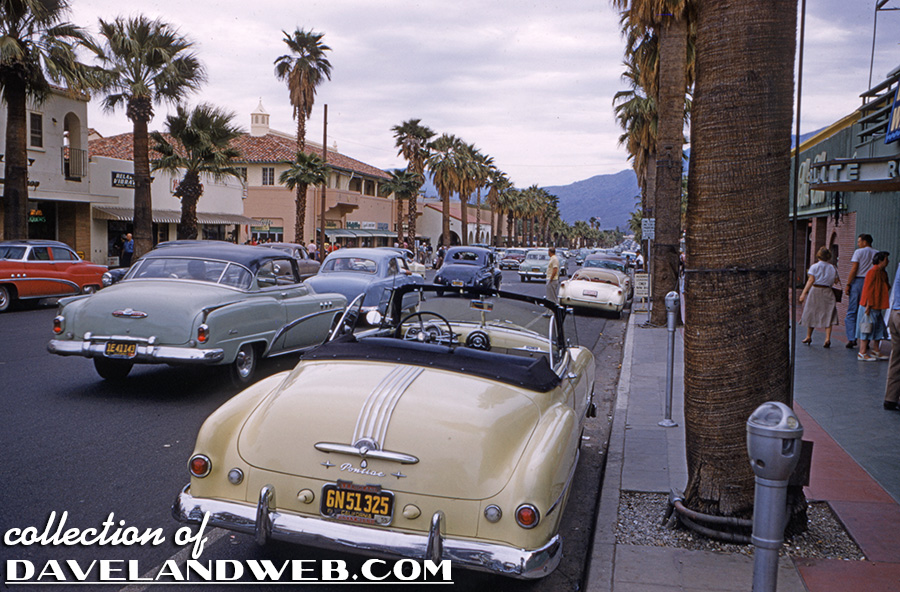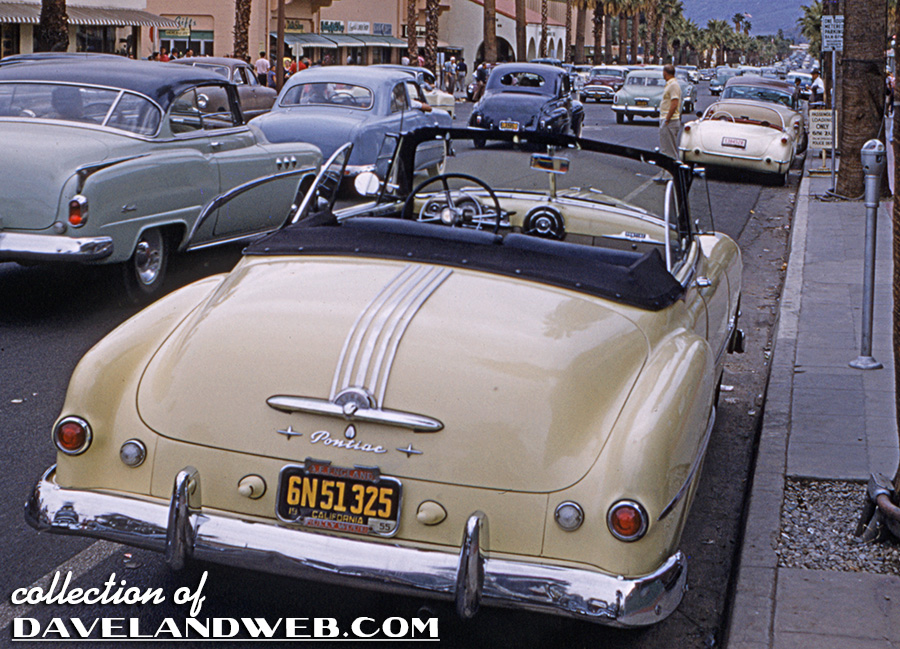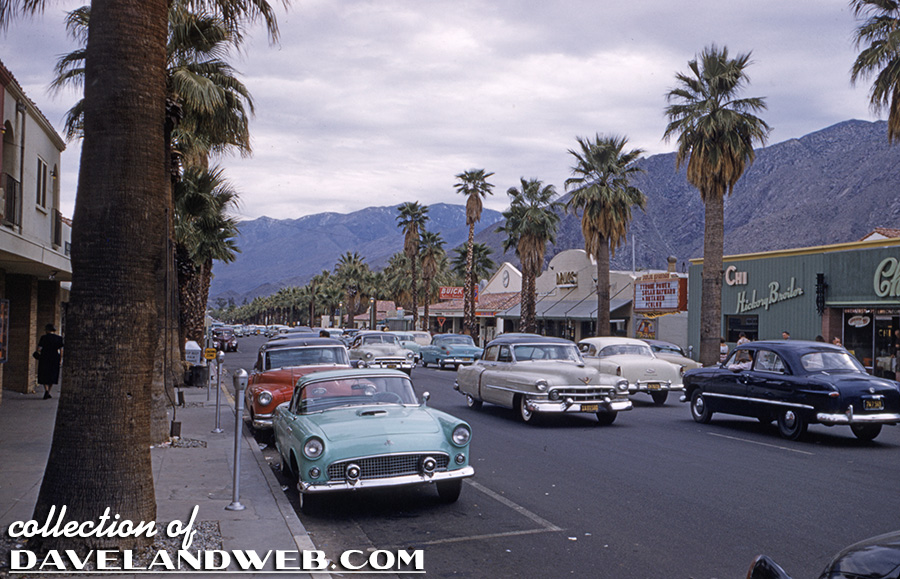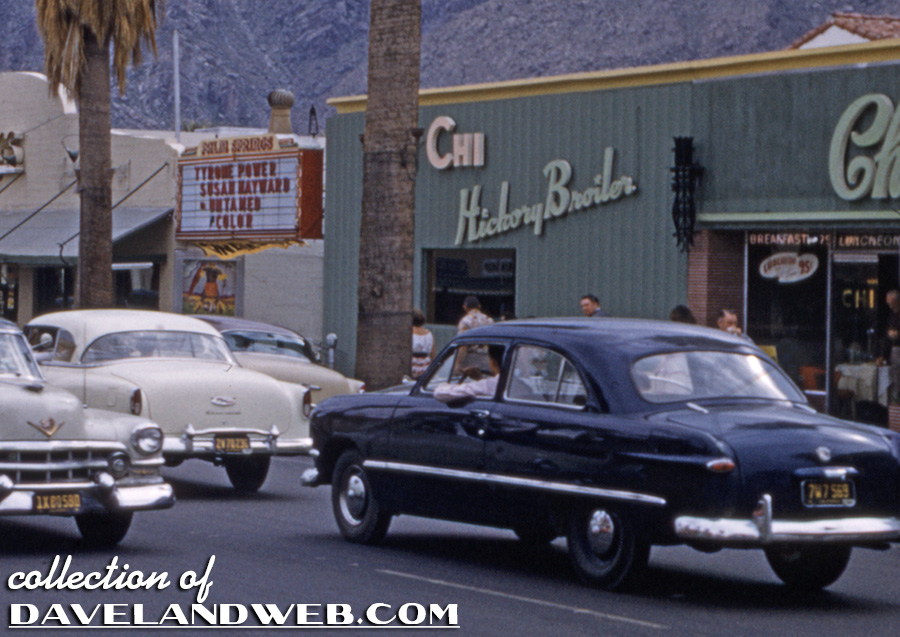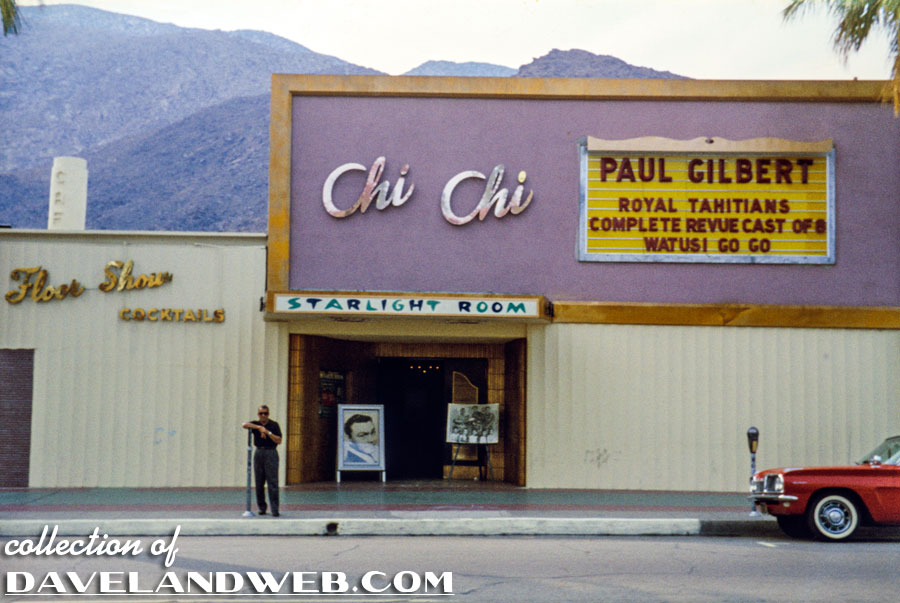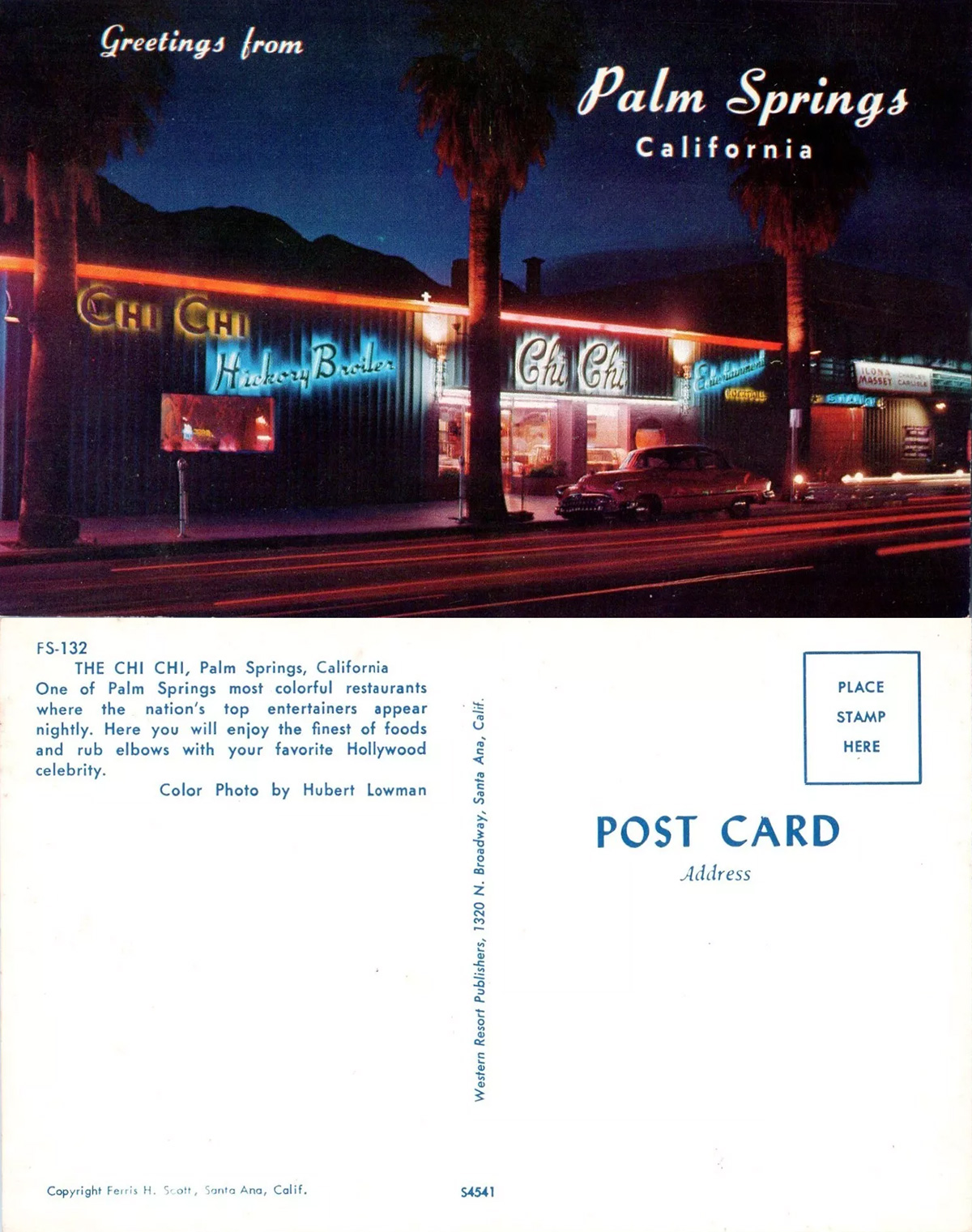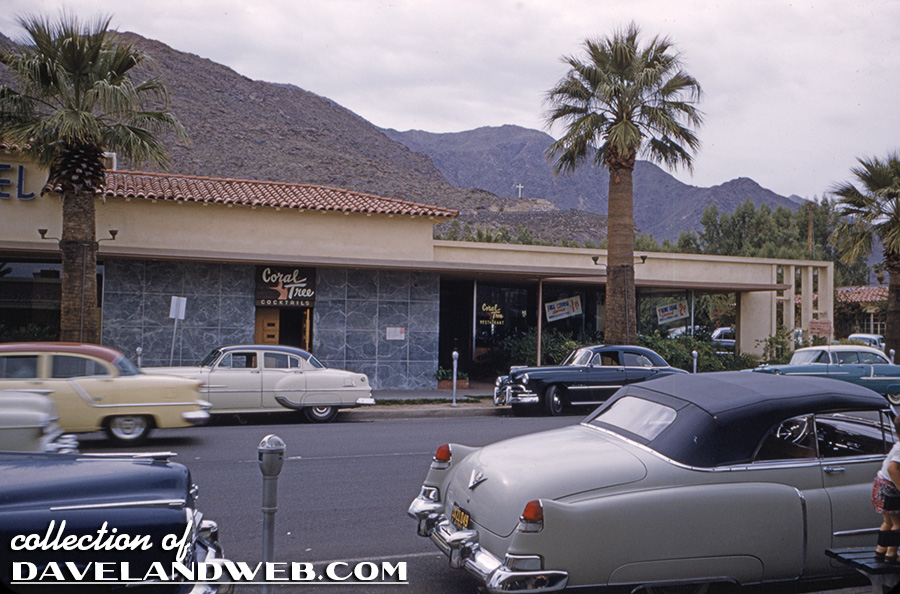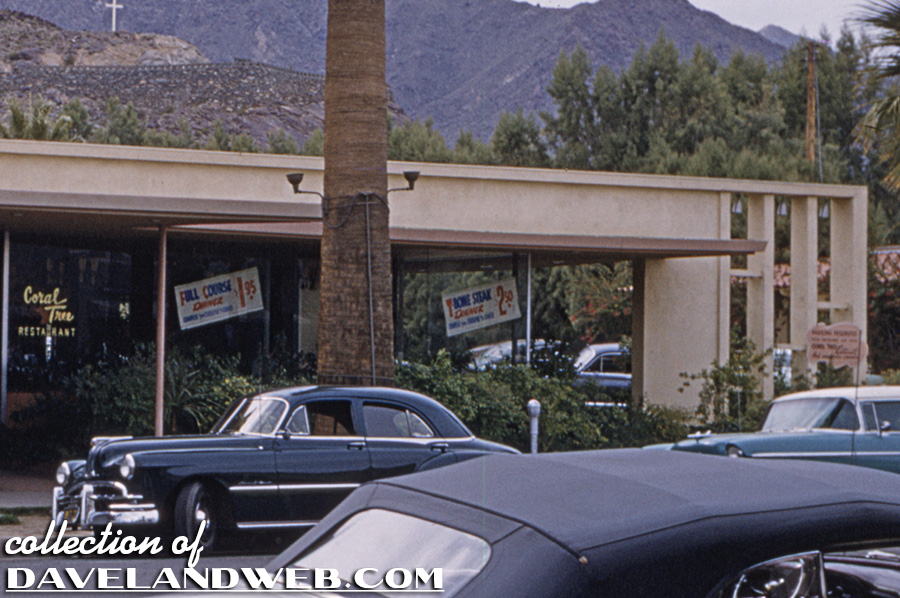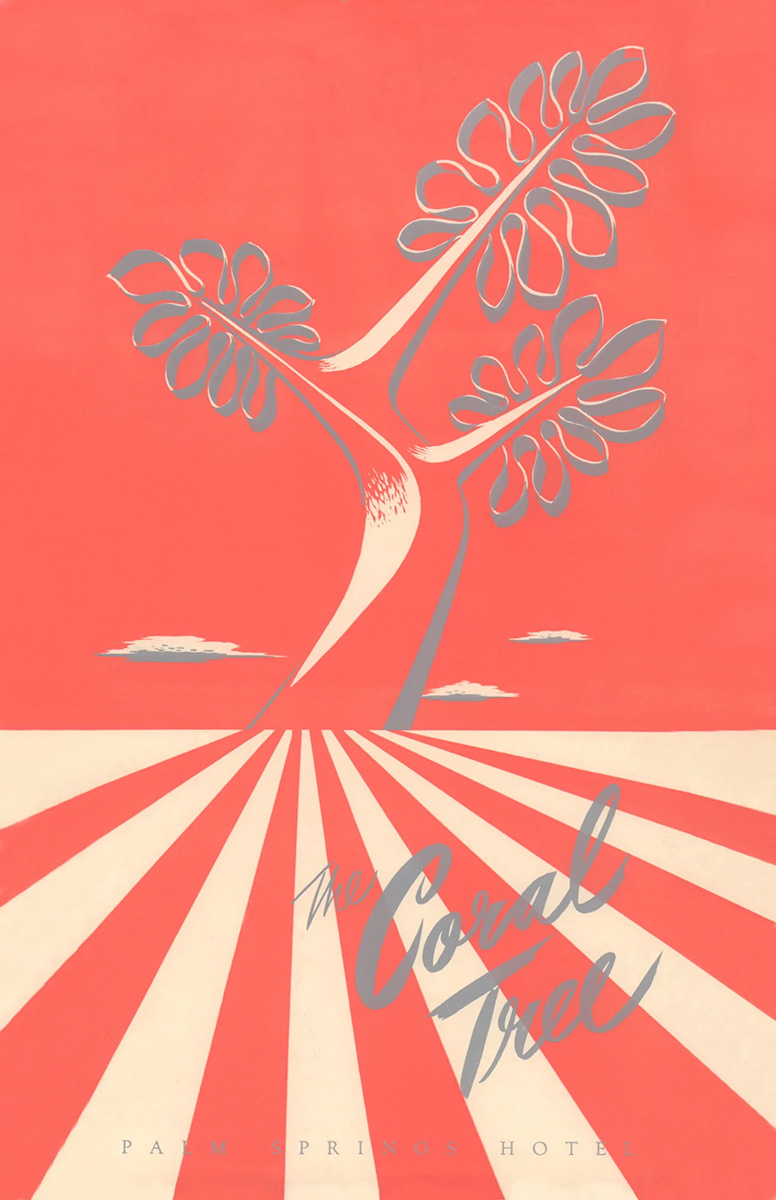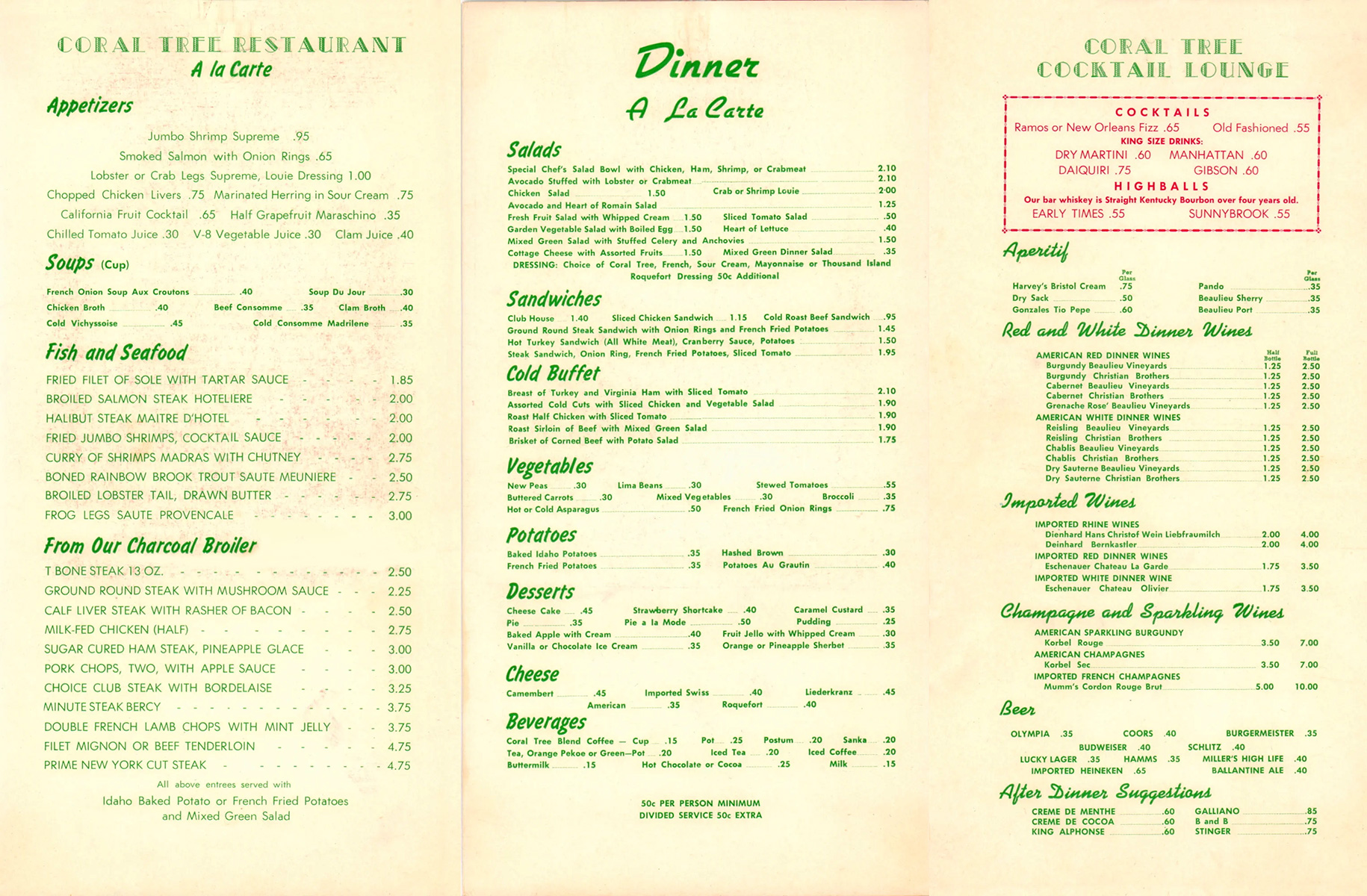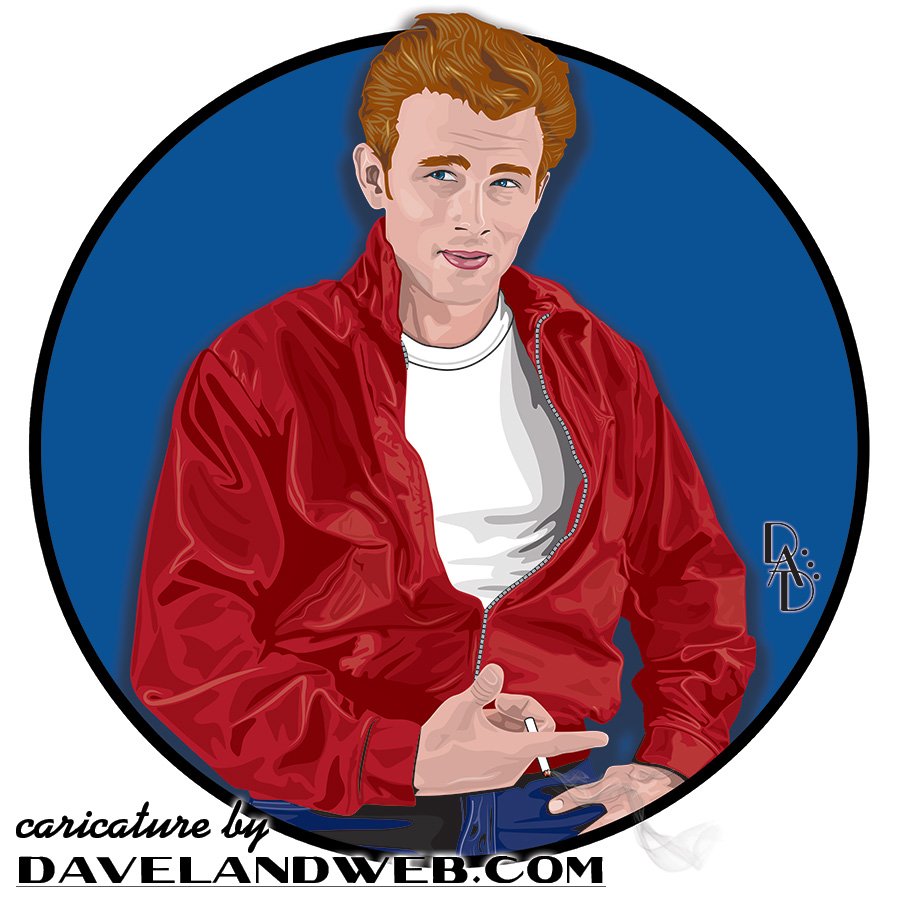
Thirty years ago, because of my frequent trips to James Dean country, aka Fairmount, Indiana, local publication The Bloomington Voice asked me to write an article for their September 28, 1994 issue timed for the 49th anniversary of Dean’s tragic young death. The cover of the magazine had a photo of Dean with the headline, “The GIANT who didn’t get all old and fat” emblazoned over it. Inside was my article, with the much tamer title “The DEAN Appeal.” Below is the complete article.
Last fall, the choice seemed simple—a “Wizard of Oz” festival in Chesterton, Indiana (over three hours away from Bloomington) or the James Dean Festival in Fairmount (just two hours). Even though I’m an Oz fan, a weekend of munchkins and show tunes didn’t sound good to me at the time, so I made my first of many pilgrimages to Fairmount, Indiana.
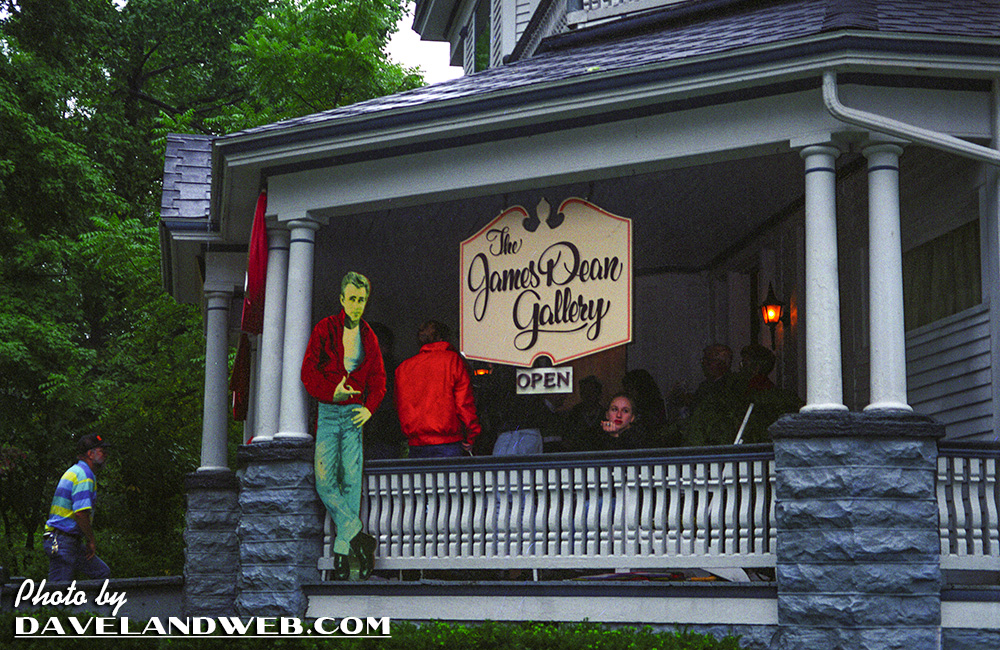
My initial stop was the James Dean Gallery, which was swarming with activity both inside and out. The porch had a congregation of people mingling with Dean look-a-likes. The Gallery houses many rooms of Deanabilia, displayed with flair. One small, dark room has a constant video of rare film clips running; another is dedicated to Kenneth Kendall, an artist who knew Dean personally. His work is amazing—excellent likenesses, slightly stylized and overflowing with colors that seem reminiscent of the cinema’s Technicolor hues of the 30s and 40s. Most of this visit was spent on the Gallery porch, observing people from both coasts and soaking up the atmosphere while grabbing bits of conversation.
Fairmount was much quieter and slower during my second trip. Gone was the swarm of 30,000 tourists invading this sleepy never-never land. I talked to Dave Loehr, the owner of the Gallery [pictured below]. His interest in Dean began after he’d read The Mutant King, a biography by David Dalton, which I bought and quickly devoured. Full of insights, it gave me a greater appreciation of his first movie, “East of Eden,” which often paralleled Jimmy’s own life. His character embarks on a search for his mother in an attempt to learn about himself and also tries to win his unaccepting father’s love. The latter made his performance all the more poignant, considering that Dean went through the same emotional rollercoaster with his own father.

Dave invited me back to the Gallery and I’ve been going back ever since. Weekends usually include dinner in the kitchen above the Gallery with a multitude of characters I now call friends. Steven, a fan from England, gave me a tour of the high school Dean attended. It’s been closed for almost ten years and is in a sad state of disrepair—peeling paint, rotted floors, and layers of bird crap. I saw the stage where Dean acted in school plays, and the location of the Sweetheart’s Dance [below], where Jimmy triumphantly returned to Fairmount when he was on the verge of stardom. Walking through this eerily still building was thrilling — the fact that it was boarded up and not easily accessible made it even better.

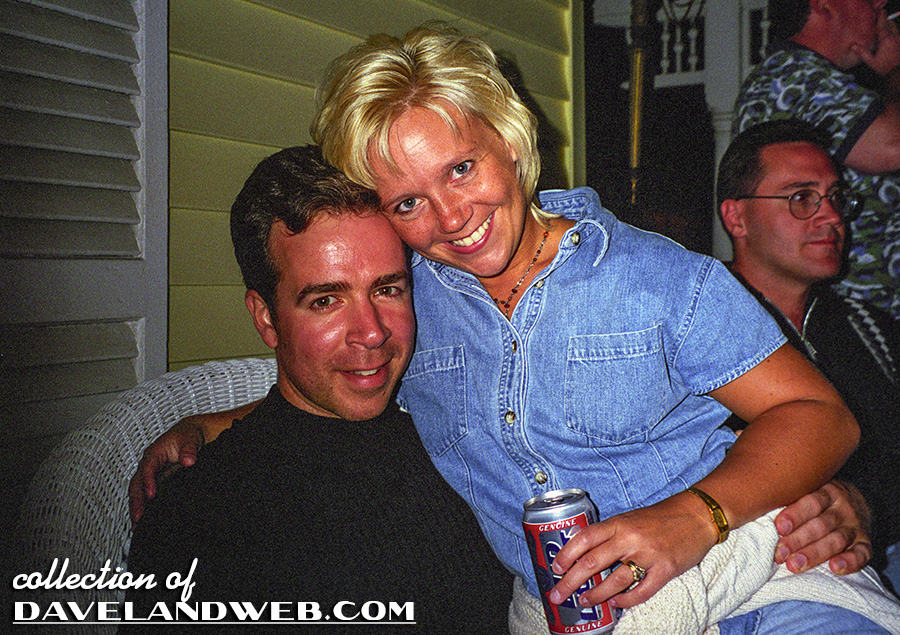
Christy [above] is another friend I’ve made through the Dean channels. Often introduced as Bob Pulley’s (a high school friend of Dean’s) daughter, Christy stands out on her own. [Below is a shot of Christy and her dad, who is modeling his senior pants, complete with Dean’s signature] She jokingly refers to herself as BPD (Bob Pulley’s Daughter, for all of you with short memories). Christy works at the Convention & Visitors Bureau and usually takes care of foreigners left at the bus station who’ve flown to Indiana to see Dean’s origins but have no clue where to go and don’t know enough of the language to find out.
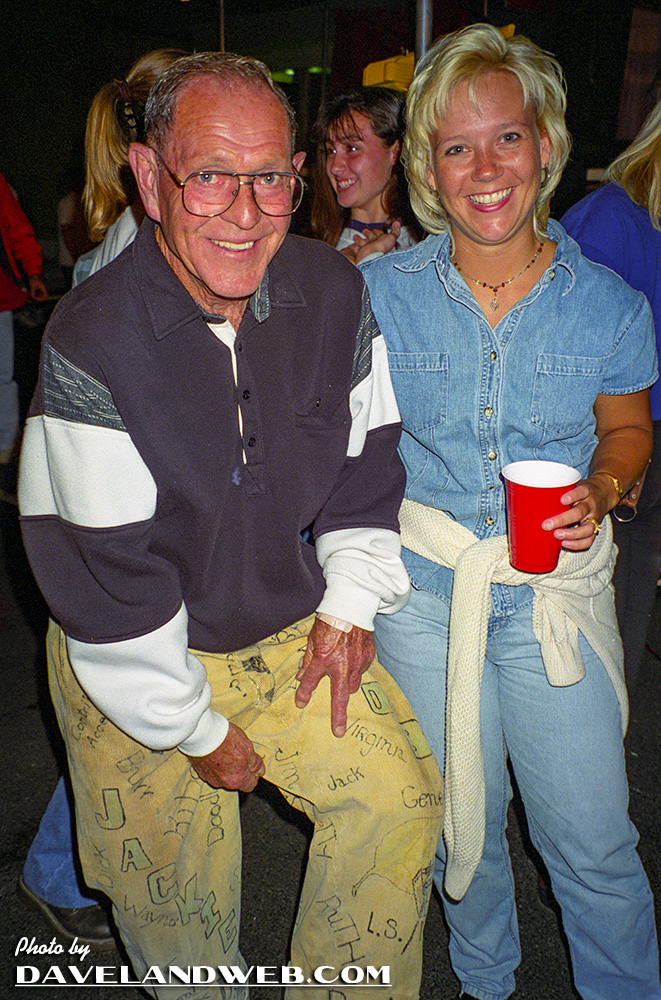
Luke [pictured below], another overseas fan, is from Australia. We went to Los Angeles last summer and saw Kenneth Kendall, who opened his home and art studio to us for many hours. It was a once-in-a-lifetime opportunity talking with someone who lived in the middle of Hollywood during its heyday and knew the stars. Like the other Dean fans, Kendall eagerly shared not only his memories but his hospitality. After dinner at the classic El Coyote restaurant, we drove to Griffith Observatory where the knife fight and climactic ending scene from “Rebel without a Cause” were filmed. Luke knew every scene by heart and proceeded to act them out in their appropriate places with his thick Aussie accent.
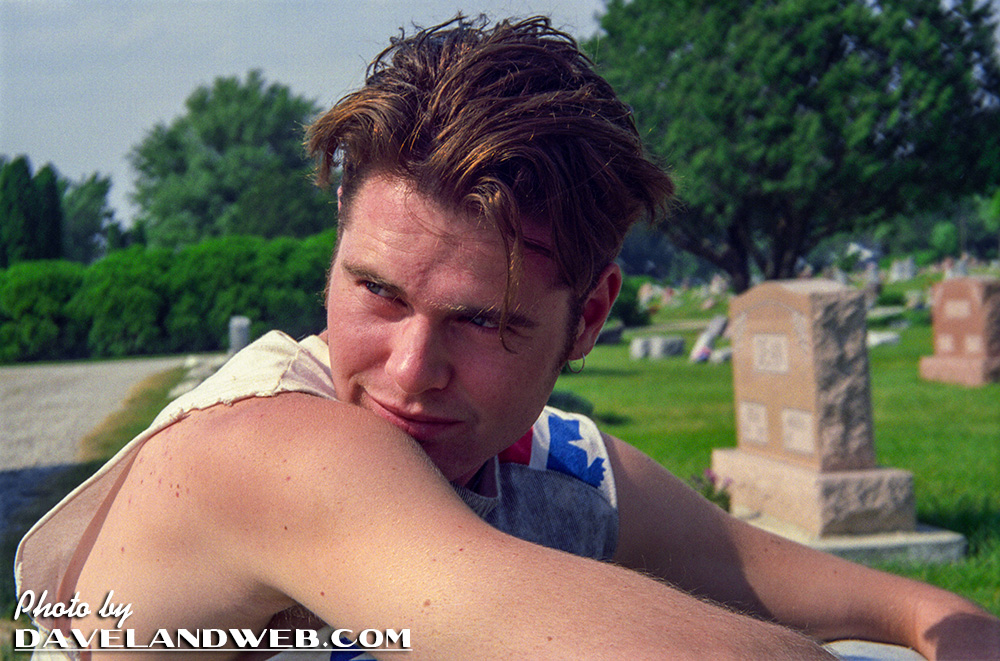

Jim [photo above, right] is a bank teller from Fort Wayne who won the look-a-like contest two years ago. Despite an offer from a Hollywood agent after winning [side note: this was during the “Beverly Hills 90210” era and Jim’s look was perfect for that show], he chose a life of anonymity; just another instance of opportunity that has opened for each and every one of us at one time or another because of Dean.
Behind the Gallery are Dave, who runs the James Dean exhibit, and Lenny, whose shop in the Gallery’s lower level houses “Rebel, Rebel,” a huge vintage garage sale. Both of them have opened the Gallery up to the may who wander into town on Dean pilgrimages. They provide a central location where everyone can be themselves and kick back, relaxing at a much slower pace. The juxtaposition of these two New Yorkers situated in this small town makes the Gallery that much more interesting.
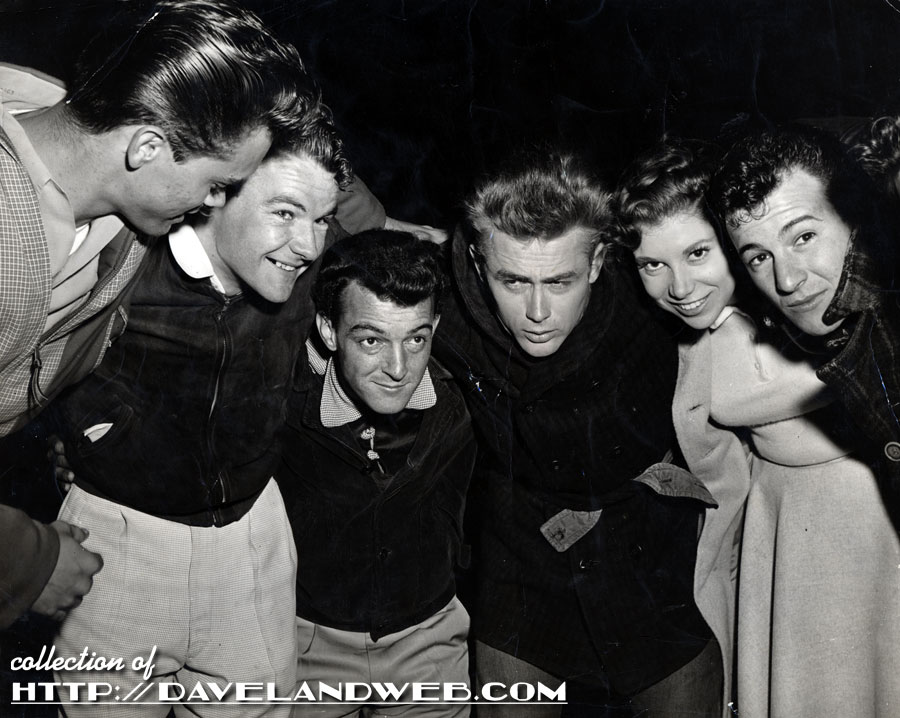
What is the attraction to Dean and Fairmount? Jimmy died young, and was eternally frozen in the beauty of his youth. Unlike Brando or Elvis, we’ll never see him lose his talent or become an obese caricature of himself. His roles represent a voice for teens wanting to be listened to and accepted by adults. In life, Dean was a chameleon who borrowed bits and pieces of personality from those he encountered along the way. He made each person in his life feel special, yet could be so obnoxious as to repel them in disgust. It’s this inner struggle of trying to find himself and dying in the midst of it that sealed Dean’s fate as a cult idol.
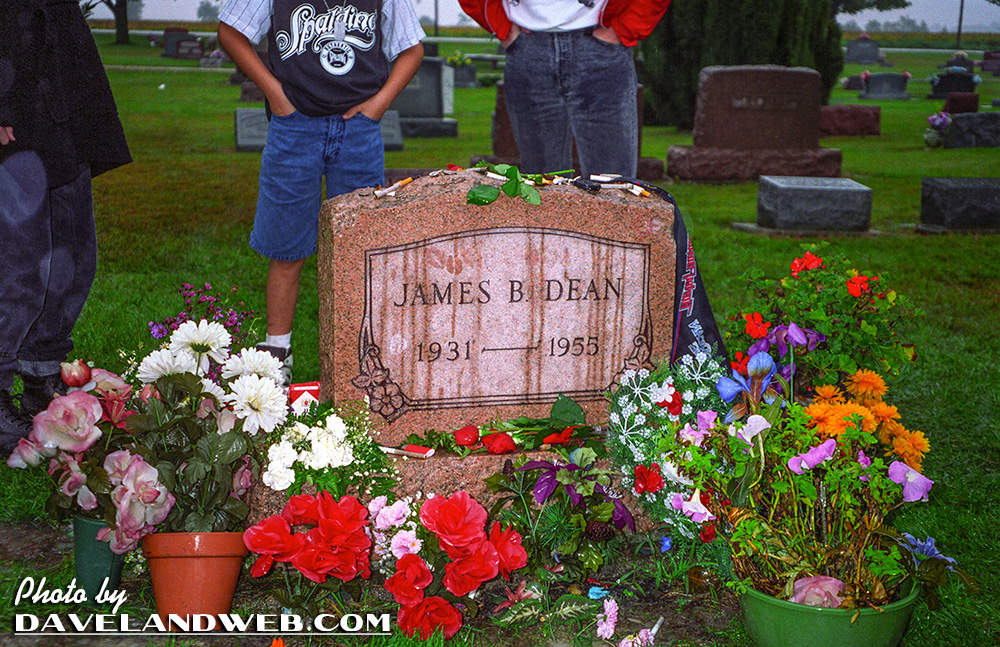
Seeing the museums and the gravesite were the original drawing cards that got us to Fairmount, but it’s this odd sense of a chose family that binds us all together. We originally came to find pieces of James Dean, and left with strong friendships that continually draw us back.

Would James Dean laugh at this? He might laugh at some of the fans who shell out hundreds or thousands on souvenirs and memorabilia, but the sight of us having a good time drinking a brew at The Palace Bar [above], dancing our butts off at Rockabilly, eating a greasy meal at The Outpost, or especially just rapping on the Gallery porch would probably put a smile on his face. Who knows — he probably would’ve joined us.
See more James Dean photos at my main website.


